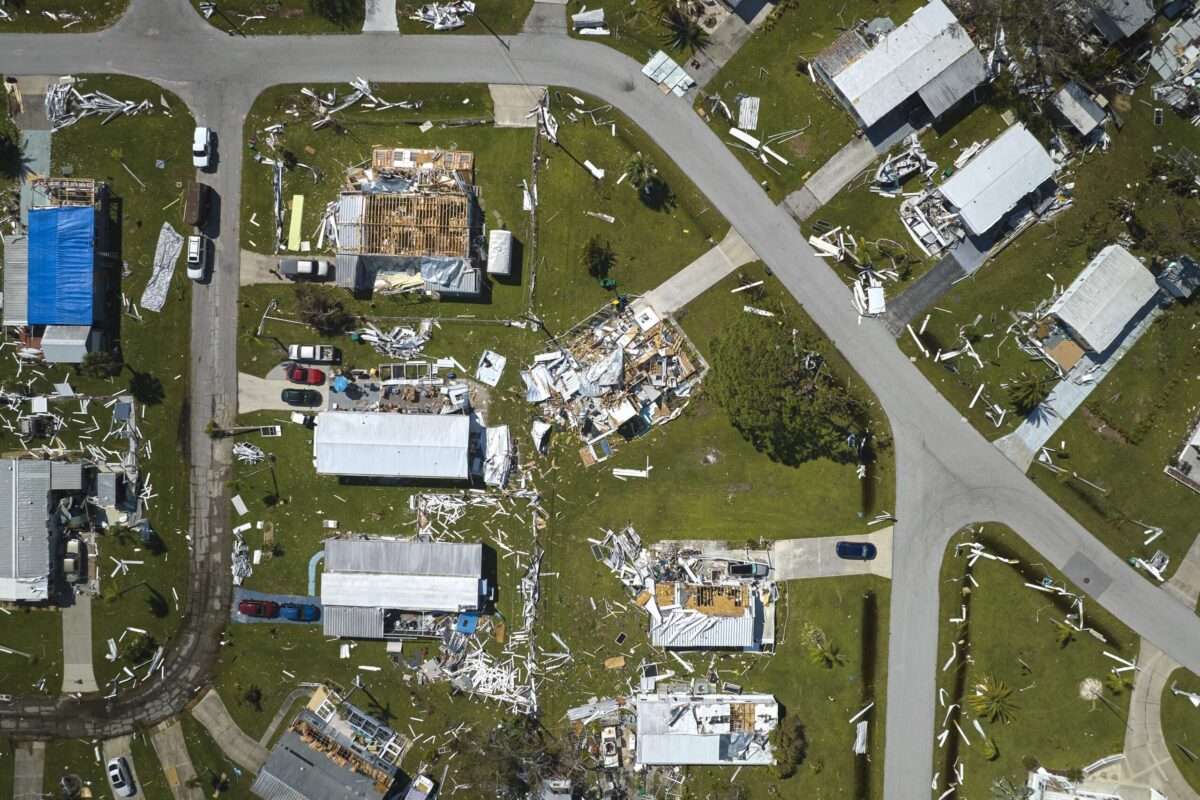
In moments of crisis, every second counts. Public Safety Answering Points (PSAPs) serve as the communication lifeline between the community and first responders, providing critical assistance and coordination during emergencies. However, the traditional infrastructure and operational limitations of these essential services often pose challenges in maintaining seamless operations during disasters. To bolster their agility and resilience, integrating cloud-native technology has emerged as a game changer for PSAPs, enabling them to maintain life-saving operations amidst the chaos of floods, fires, hurricanes, earthquakes, and other critical incidents.
Adapting to Uncertainty: The Role of Cloud-Native Technology
Cloud-native technology offers a paradigm shift, empowering PSAPs with scalable, flexible, and resilient systems that transcend physical limitations. By leveraging cloud-based infrastructure, PSAPs can swiftly adapt to surges in call volumes, allocate resources dynamically, and ensure continuity even in the face of localized infrastructure failures.
The Crucial Elements: ISO9001, SOC2, HIPAA, and HITECH Compliance
The sanctity of sensitive data within PSAPs cannot be overstated. Compliance with standards such as ISO9001, SOC2, HIPAA, and HITECH is imperative to uphold the security and confidentiality of information. Implementing these standards ensures robust protocols for data management, privacy, and security, instilling trust among stakeholders, and guaranteeing the integrity of operations even in turbulent times.
Ensuring Continuity: Geographic Redundancy in Cloud Systems
While the cloud offers unparalleled resilience, relying solely on a single data center poses potential risks. Geographic redundancy becomes paramount to mitigate the impact of data center outages. PSAPs must deploy cloud systems across multiple geographical locations to prevent service disruptions, thereby ensuring constant accessibility and responsiveness during emergencies.
Case in Point: Cloud-Native Solutions in Disaster Recovery
Consider a scenario where a natural disaster cripples a region, causing infrastructure breakdown. A PSAP running on cloud-native solutions, with its distributed data centers and redundant systems, remains operational. Calls are seamlessly delivered, resources are allocated dynamically, and essential services continue uninterrupted. If the PSAP’s facilities are compromised, operations can be established from any location with cloud connectivity. Such robust disaster recovery capabilities are pivotal in saving lives and maintaining order during a crisis.
Embracing Change for a Safer Tomorrow
Embracing cloud-native technology marks a transformative step for PSAPs in enhancing their disaster preparedness and recovery strategies. The agility and resilience offered by cloud-based solutions not only fortify operational capabilities but also streamlines resource allocation and response coordination, ensuring a more effective and timely emergency response.
The Road Ahead: Continuous Innovation and Collaboration
As technology evolves, so too must the strategies employed by PSAPs. Continuous innovation and collaboration with tech partners become crucial in staying ahead of emerging threats and challenges. Integrating advancements like AI-powered call triage, live audio translation, and real-time data processing into cloud-native infrastructures can further optimize emergency response operations.
Conclusion
The integration of cloud-native technology stands as a beacon of hope for PSAPs striving to fortify their capabilities in disaster preparedness and recovery. With stringent compliance measures, geographic redundancy, and a commitment to innovation, PSAPs can navigate through the most challenging scenarios, ensuring that every call for help receives an immediate and effective response. By embracing the cloud’s resilience and harnessing its potential, PSAPs are not just adapting to change but pioneering a new era of safety and reliability in emergency response services.